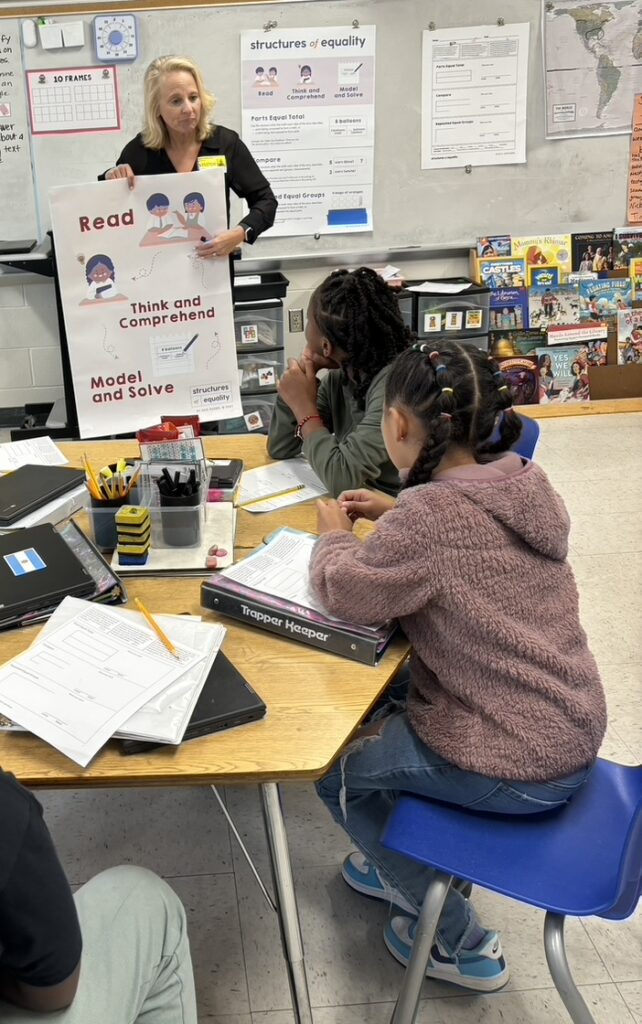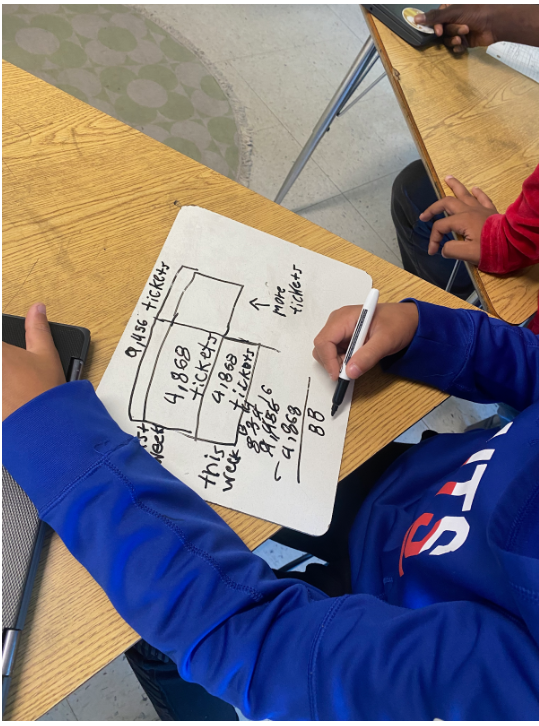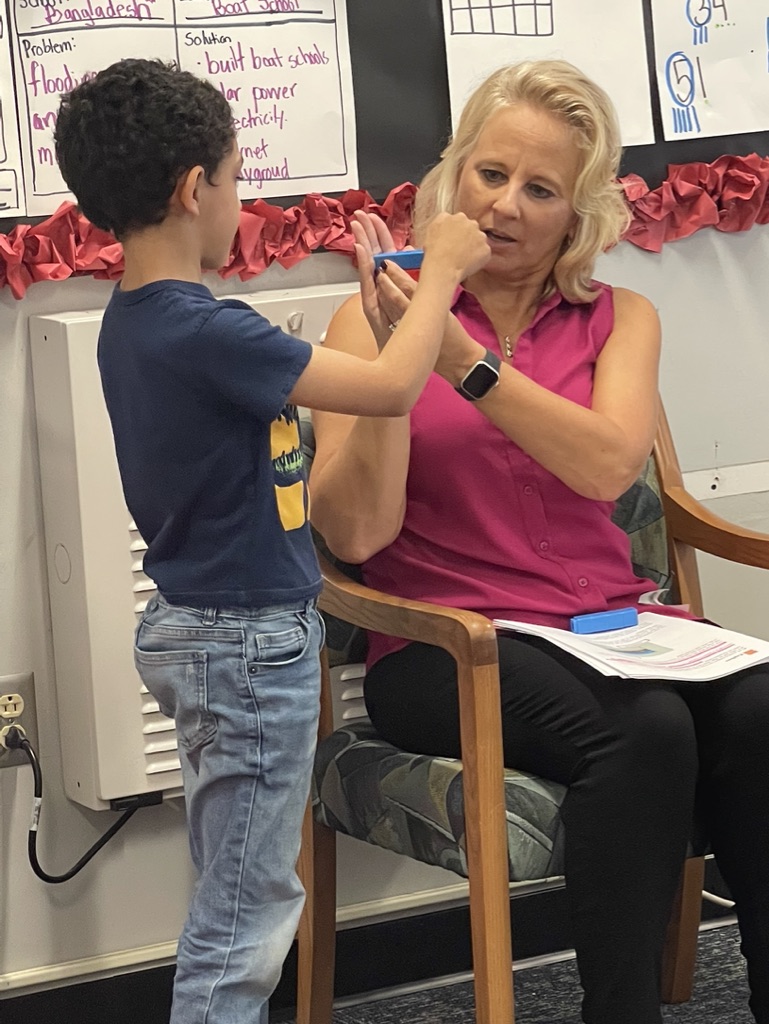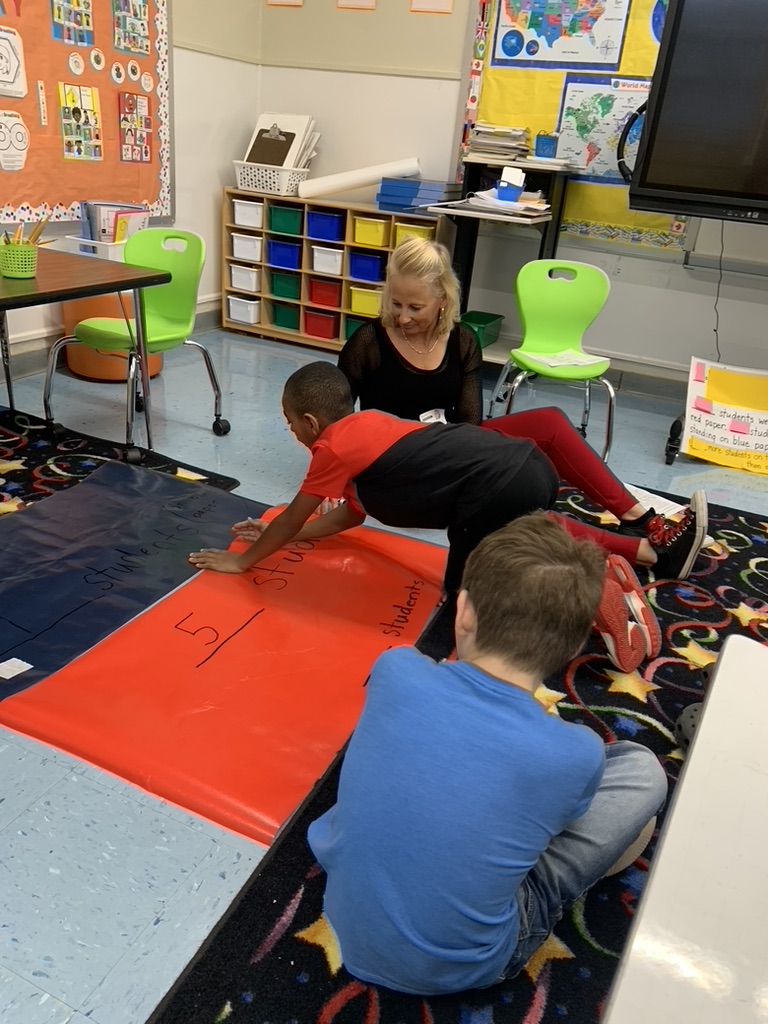June 11, 2025

When I created Structures of Equality, it wasn’t to follow a trend or fix math overnight. It came from a very real place: a deep frustration and sadness watching capable, curious students shut down as soon as they saw a number story.
I’d tried everything: key words, boxes, catchy acronyms. But they didn’t get to the root of the problem. Students weren’t being asked to understand the story. They were being asked to guess the right steps.
That’s when I started building something different. Something grounded in comprehension. Something that didn’t just help students get the right answer but helped them understand what was happening in the problem.
So when I first encountered Pam Seda’s writing, I felt something rare in education: validation. Pam’s work powerfully echoes the values of SoE at its core: equity, fidelity, and deep comprehension.
Her voice is one I deeply respect, and one I hope more educators take the time to hear.
Comprehension Comes First, Always
In “Problematic Practice #1”, Pam critiques the habit of teaching students step-by-step instructions for solving specific types of problems. I’ve seen this too. And I get it. Those steps feel safe, especially when we’re overwhelmed.
But those steps don’t teach students to think. They teach students to guess.
At the heart of SoE is a simple idea: students can’t solve what they don’t understand. The three core structures (Parts Equal Total, Compare, and Repeated Equal Groups) aren’t just visual tools. They are comprehension tools. They help students slow down, visualize, and represent the relationships within the story.
When students start here, they’re not just solving problems. They’re making sense of them.

Equity Is a Commitment, Not a Buzzword
Pam’s blog on labeling students “low,” “average,” or “high” hits especially hard. That language is everywhere in schools. It’s in data meetings, lesson plans, and even casual conversations.
But when we reduce students to a label, we limit what we believe they can do.
I believe every student deserves access to tools that make math meaningful. We don’t withhold structure. We teach students how to use it. I’ve seen English language learners (ELL), students with IEPs, and those who say they hate math light up when they realize they can read a story, draw it out, and explain their thinking clearly.
That’s what equity looks like. Not lowering expectations, but raising supports.
Fidelity in a World Obsessed with Speed
There’s a line Pam wrote that stuck with me: “When teachers do all the work, students lose the opportunity to learn.” I’ve lived that truth. I’ve over-scaffolded. I’ve simplified problems out of fear students would get frustrated. But the truth is, when we do all the thinking, students stop believing they can.
Implementing Structures of Equality isn’t flashy. It doesn’t come with acronyms or shortcuts. It takes time and trust. It means introducing the structures slowly, modeling often, and inviting students into the process.
But the payoff is clear. Students learn how to approach a number story, even when it’s long, messy, or unfamiliar.
Fidelity isn’t about perfection. It’s about consistency. And it’s how we build independence, not dependency.


Teaching Is Human Work
In “When Test Scores Supersede Humanity”, Pam writes about the harm of centering data over students. It’s a reminder we all need, especially now, when the pressure to perform is constant.
What I love about Structures of Equality is that it gives us space to see students as thinkers, not just test-takers. When we model relationships with them and ask what’s happening in the story, we open up space for rich conversations. We hear reasoning. We notice misconceptions. And more importantly, we show students that what they think and say matters.
So yes, SoE is about comprehension. But it’s also about connection.
We’re Better Together
Pam Seda’s work affirms everything I believe about what math can be and should be. I see her voice as a powerful ally in this work. She calls out harmful practices, lifts up student voice, and refuses to accept the status quo.
If you haven’t yet read her blog, start today. Read one post. Reflect. Share it with a colleague. Pair it with the SoE framework and see what happens in your classroom.
You don’t have to do everything at once. But do something.
Because when we teach with comprehension and equity at the center, we’re not just helping students solve problems. We’re helping them believe they can.
And that changes everything.